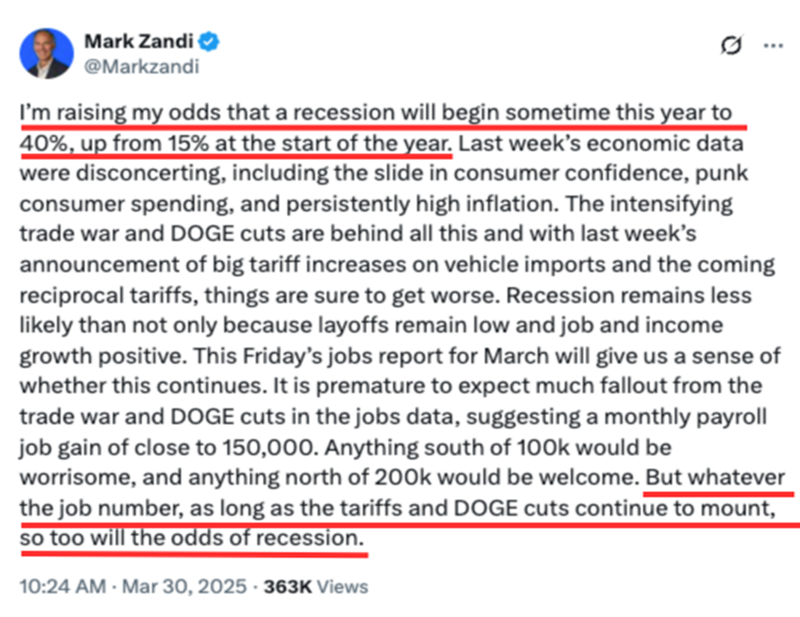5 Safe Bonds Funds for Parking Cash, Yields Up to 5%
Brett Owens, Chief Investment StrategistUpdated: April 16, 2025
Are we having fun yet, my fellow income investor?
We’re now in a bear market, whether the financial media or our intrepid politicians admit it or not. Peak to trough the S&P 500 dropped 21% intraday. Based on closing prices the decline was “only” 18%, however—not quite the technical 20% drop that defines a bear market.
Regardless, let’s not split hairs and call this what it is—the third bear market of the 2020s. Three bears. And it’s only 2025!
You may be wondering, as I was, if this is normal. It is not, my friend. Since 1900 we have averaged 1.77 bear markets per decade.… Read more

